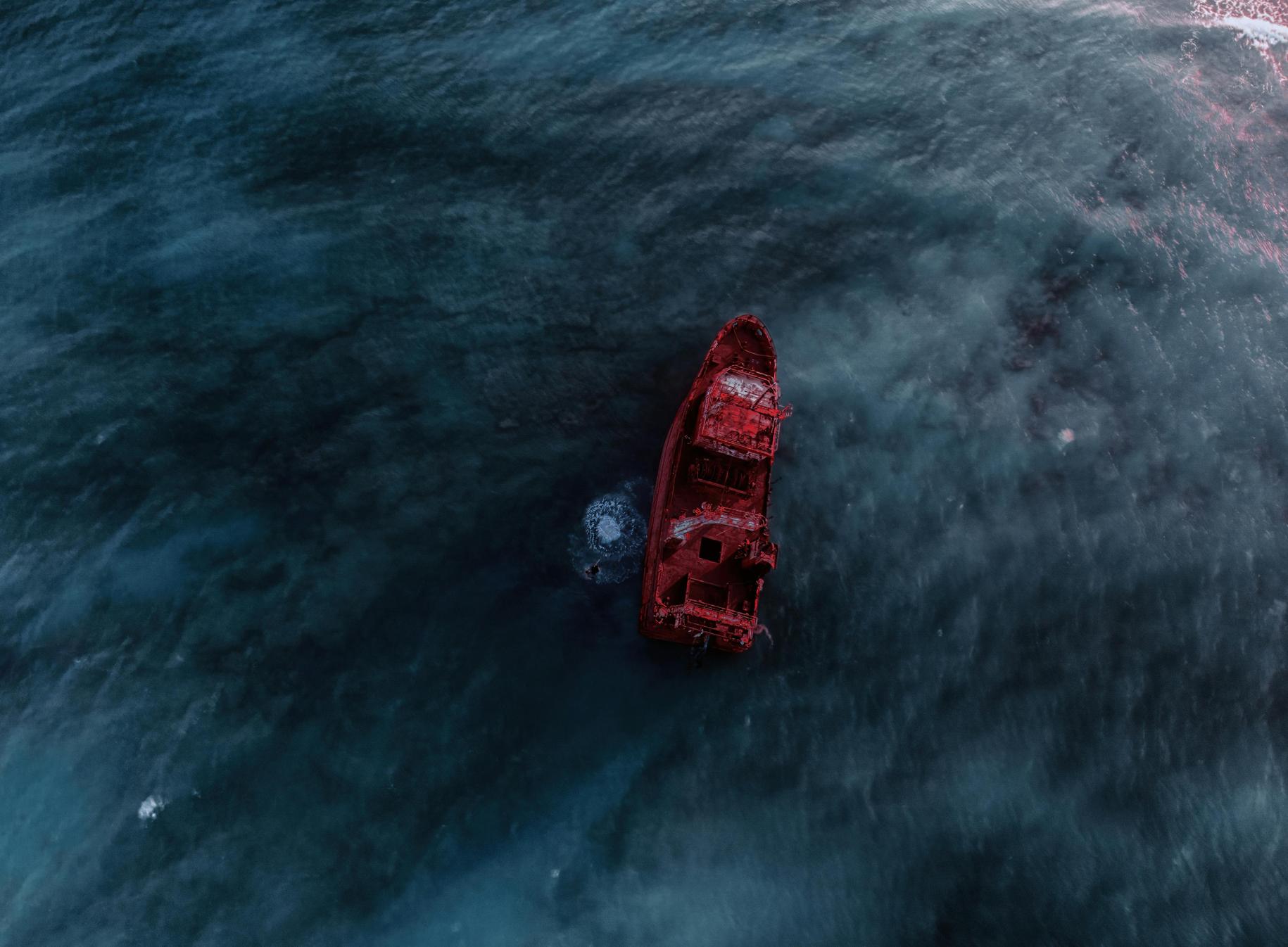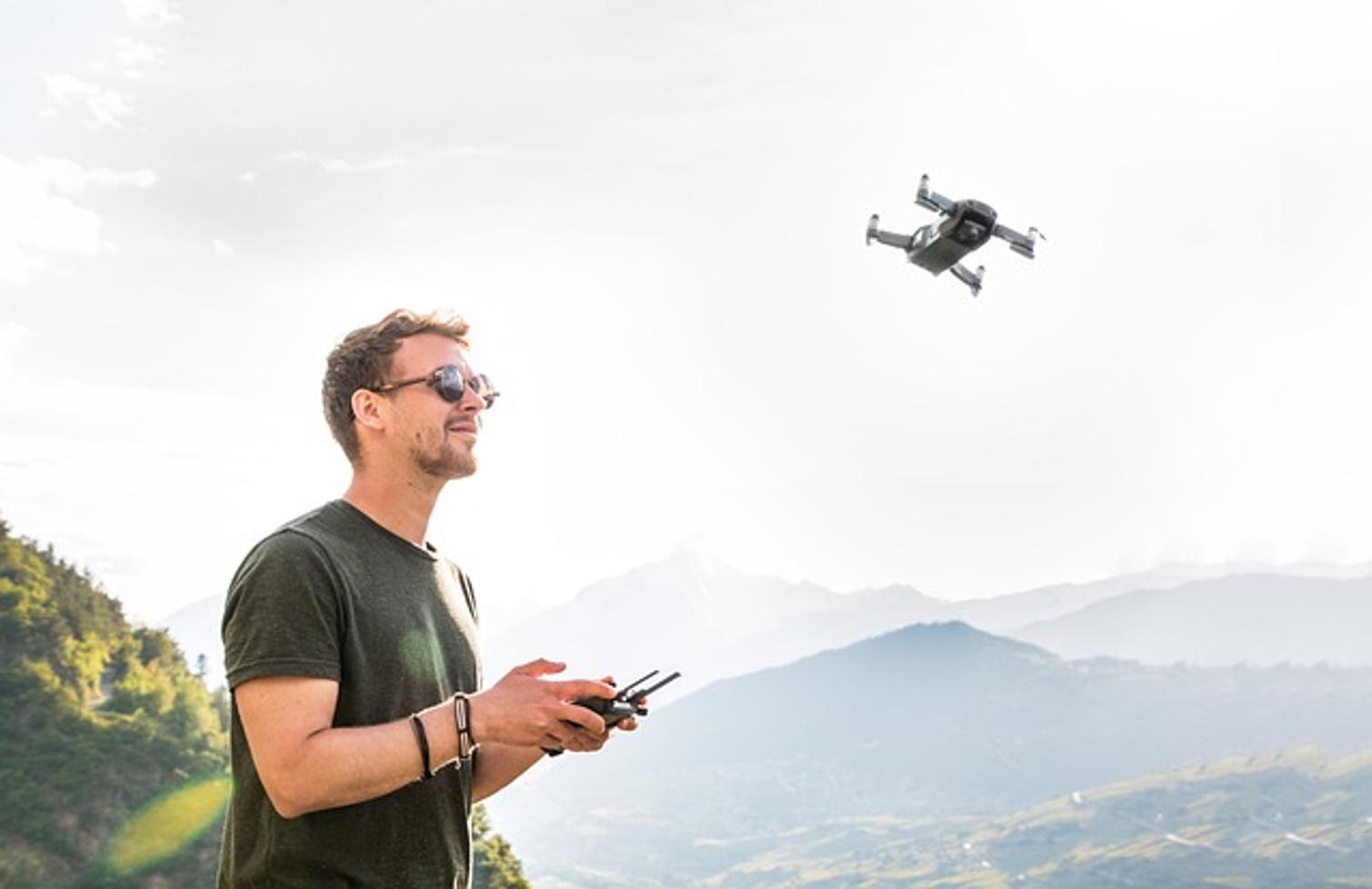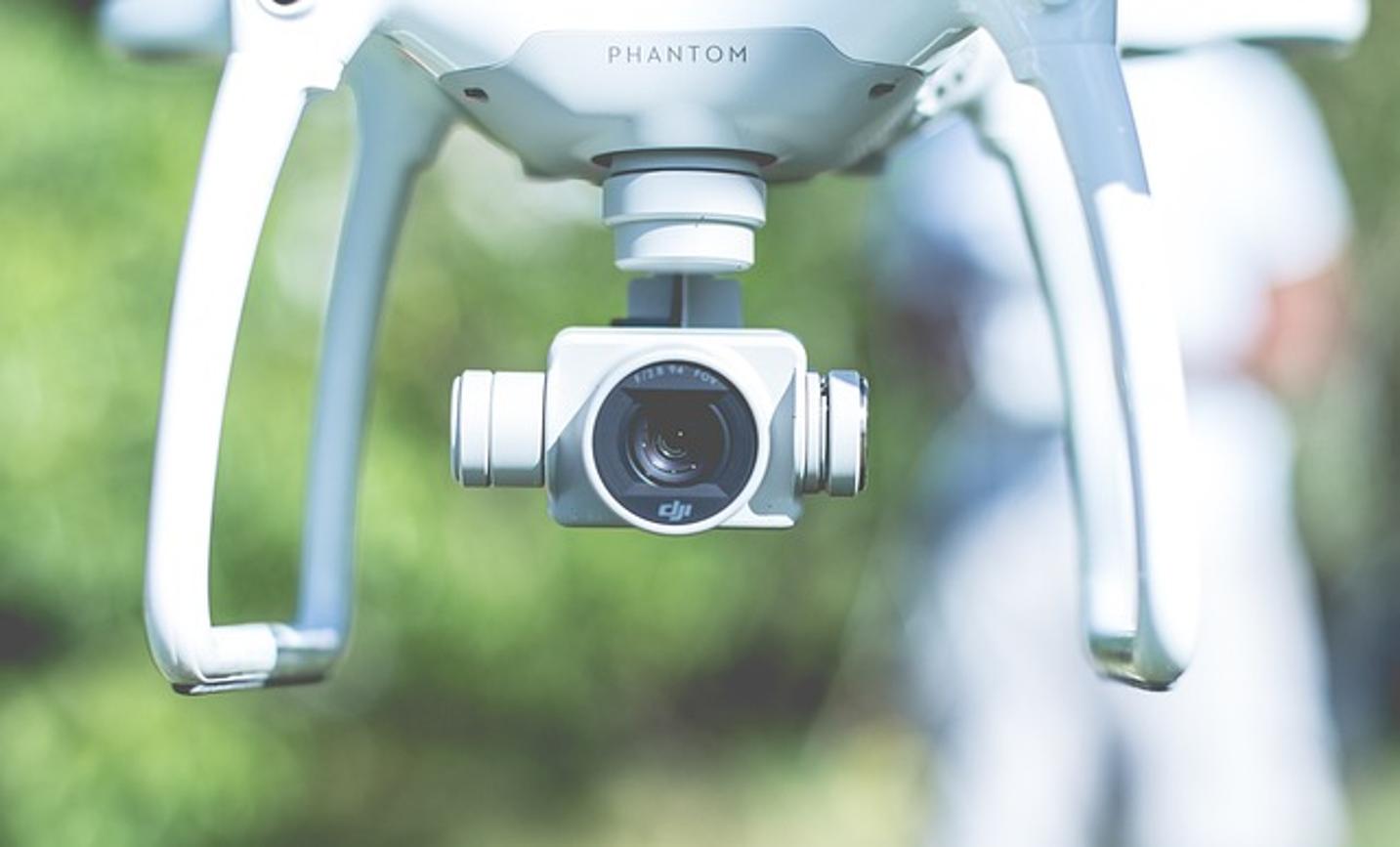Introduction
Night flying offers drone enthusiasts a unique and exhilarating experience. The darkness transforms familiar landscapes and provides opportunities for stunning aerial photography and videography. However, flying drones at night comes with its challenges and regulations. This comprehensive guide will equip you with all the knowledge required to safely and effectively operate drones during the night.

Legal Considerations for Night Flying
Before embarking on night flights, it’s crucial to understand the legal landscape. Different countries and regions have specific regulations for flying drones at night. In the United States, the Federal Aviation Administration (FAA) oversees drone operations. According to the FAA’s Part 107 regulations, drone pilots need a waiver or authorization to operate at night.
Adherence to local laws is non-negotiable. Ensure you’re well-versed in the regulations, as non-compliance can result in fines or other legal repercussions. Research your local aviation authority’s guidelines and obtain any necessary permits to avoid legal hurdles. Always be proactive about legal research to ensure smooth and compliant night flying.

Preparing Your Drone for Night Flights
Essential Equipment
Preparation is key for a successful night flight. Equip your drone with necessary accessories to improve visibility and control:
- Navigation Lights: Attach LED lights to the drone. These lights help in identifying the drone’s orientation and position during flight.
- Anti-Collision Lights: These are bright, visible from afar, and help in avoiding mid-air collisions.
- Extra Batteries: Night flying can drain batteries quicker due to additional power consumption by lights and other equipment.
Pre-Flight Checklist
Conducting a thorough pre-flight check ensures smooth operations at night:
- Inspect Drone and Equipment: Check for any damage and ensure all components function correctly.
- Charge Batteries: Ensure all batteries, including spare ones, are fully charged.
- Check Weather Conditions: Unfavorable weather can be more challenging to handle in the dark.
- Update Firmware: Make sure that both your drone and remote controller firmware are up to date. Staying updated with software can prevent unexpected issues during flight.
Safety Protocols and Best Practices
Safety cannot be overstated when flying drones at night. Adopting stringent measures ensures you have a safe and enjoyable experience.
Adhering to FAA Regulations
Compliance with FAA regulations is a must. For night operations, you should:
- Have a Trust Certification: This certifies that you understand and will follow the FAA’s rules.
- Use Anti-Collision Lighting: They must be visible for at least three statute miles.
- Maintain Visual Line of Sight: Ensure you can see your drone at all times without any visual aids.
Implementing Safety Measures
Apart from legal compliance, consider these best practices:
- Fly in Open Areas: It reduces the risk of collisions with obstacles.
- Use a Spotter: Having another person to help maintain visual contact with the drone can significantly enhance safety.
- Avoid Urban Areas: Flying in densely populated areas at night can be risky due to interference and navigation challenges.
- Pre-plan Your Route: Establish a flight path before takeoff to avoid unexpected obstacles. Proper planning can make night flying more predictable and less stressful.

Enhancing Visibility and Navigation
Clear visibility is imperative for effective night flying. Here’s how you can enhance it:
Utilizing Lights and Reflective Materials
Visibility tools can greatly assist in maintaining control:
- LED Navigation Lights: Ensure your drone is equipped with bright, color-coded lights for easy orientation.
- Reflective Tape: Adding reflective tape to your drone makes it easier to spot in a dark sky.
Effective Use of GPS and Technology
Modern technology aids in navigation:
- GPS Modules: Enable precise location tracking and return-to-home functions.
- Mobile Apps: Utilize apps designed for drone operations to monitor flight paths and environmental conditions in real-time.
- Geofencing: Implement geofence boundaries to prevent your drone from flying into restricted areas. These technological tools mitigate risks and enhance night flying accuracy.
Capturing Stunning Night Shots
Flying drones at night offers unique opportunities for breathtaking shots. Here’s how to make the most of it:
Camera Settings and Techniques
Mastering your camera settings is crucial:
- Manual Mode: Control ISO, shutter speed, and aperture to capture sharp images.
- Low ISO: Use a low ISO setting to reduce noise in your photos.
- Long Exposure: A longer exposure can capture more light, ideal for night shots, but ensure stability to avoid motion blur.
Post-Processing Tips
Post-processing can turn good photos into great ones:
- Noise Reduction: Use editing software to diminish noise in your images.
- Enhance Lighting and Contrast: Adjust the lighting and contrast levels to bring out the best in your shot.
- Stitch Panoramas: Combine multiple shots to create breathtaking panoramic views. Leveraging post-processing turns your night shots into visual masterpieces.
Common Challenges and How to Overcome Them
Flying drones at night is not without its difficulties. Here’s how to tackle the most common challenges:
Handling Low Light Conditions
- High-Quality Lens: Using a high-quality lens with a wide aperture can help capture more light.
- Adjust Camera Settings: Fine-tune your camera settings to adapt to low-light conditions effectively.
- External Lights: Add external lights to illuminate your subject better.
Dealing with Obstacles and Hazards
- Use Sensors: Many modern drones come equipped with sensors to detect and avoid obstacles.
- Pre-Flight Surveys: Conduct a ground survey of your flight path during daylight.
- Stay within Familiar Areas: Fly within areas you are well-acquainted with to avoid unexpected obstacles. Prior knowledge of the flying area minimizes unforeseen risks.
Conclusion
Mastering the art of drones flying at night opens up a new dimension of aerial exploration and photography. By adhering to legal regulations, preparing properly, and following safety protocols, you can safely navigate the challenges that come with night flying. Make sure to leverage technology and the right equipment to enhance your flying experience and capture stunning visuals like never before.
Frequently Asked Questions
Is it legal to fly drones at night?
In many regions, flying drones at night is legal but subject to specific regulations. Always check with local aviation authorities and acquire necessary permits.
What type of lights do I need for my drone to fly at night?
Anti-collision lights that are visible from at least three statute miles are typically required for night flights. LED navigation lights can also help improve visibility.
How do I keep my drone safe during night flights?
Ensure compliance with FAA regulations, use anti-collision lights, maintain visual line of sight, and avoid flying in densely populated or urban areas. Consider using a spotter for added safety.
